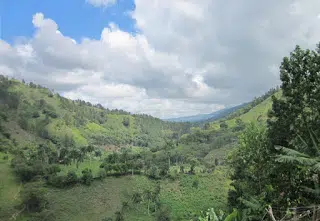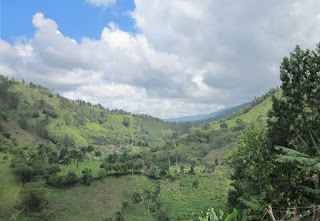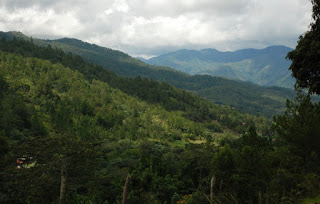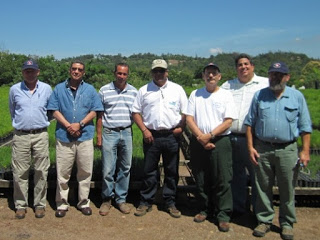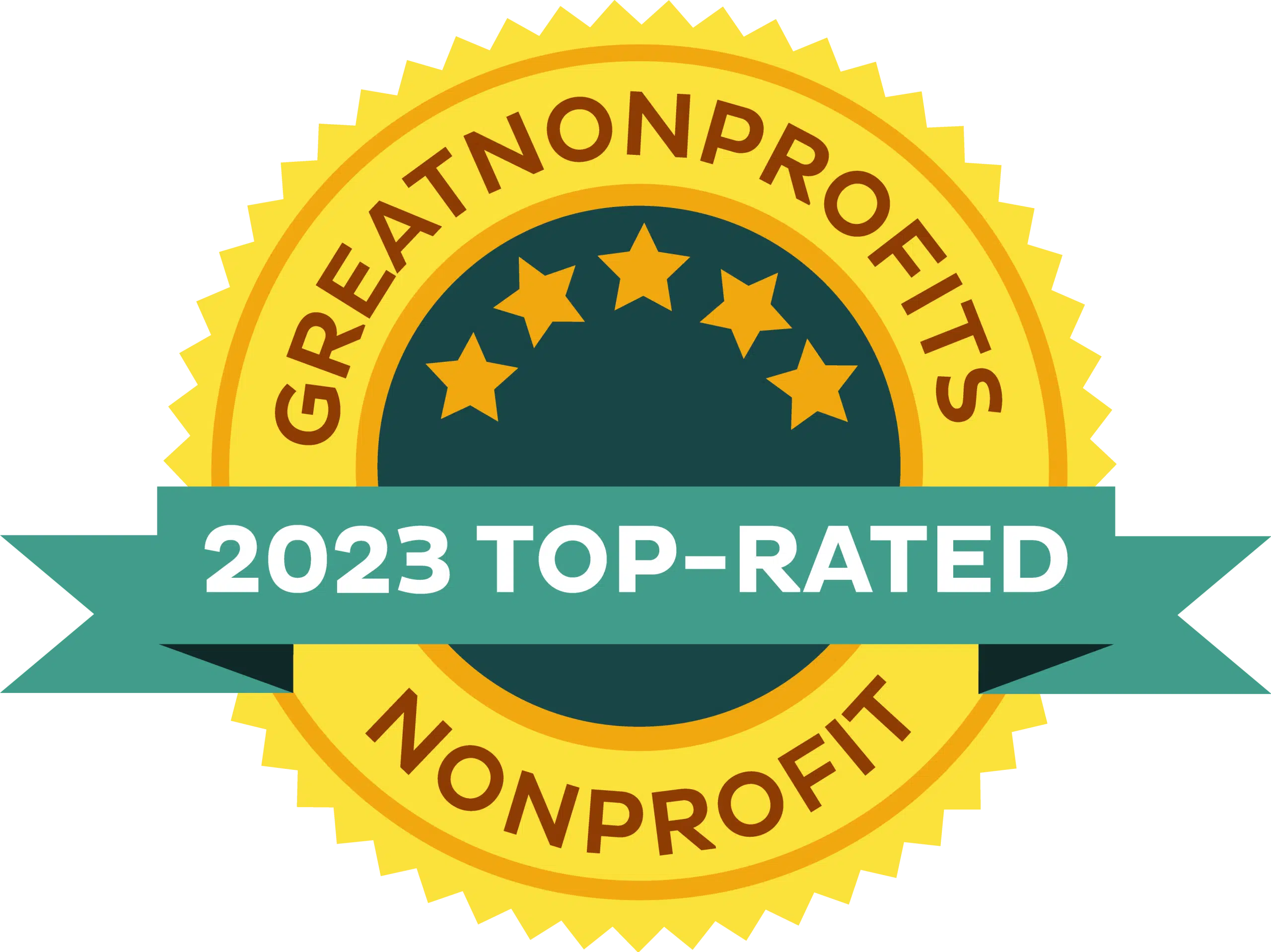This post is adapted from Partners of the Americas’ Agriculture and Food Security blog.
It is estimated that throughout the 20th century, the Dominican Republic lost 75 to 85 percent of its forest coverage from deforestation. While deforestation has slowed over the past couple of decades, the country is still recovering from the high levels that occurred, mostly between the 1960’s and 1980’s.
In developed and developing economies alike, there is economic incentive for deforestation to create farmland, pasture for livestock, or room for housing. Additionally, trees are sold for paper, fuel, or furniture. While forests do not turn a profit from merely existing, they do provide a wealth of benefits to the communities that surround them, and to the global climate as a whole. For example, forests provide raw materials, promote soil fertility, prevent soil erosion, stabilize slopes, and prevent landslides. They offer hiking and adventure, provide habitat and shade, regulate local climates, remove pollutants from the atmosphere, and absorb and store carbon dioxide.
The benefits forests provide are all examples of ecosystem services, or positive benefits that ecosystems provide to people. The UN-sponsored Millennium Ecosystem Assessment recently identified the major categories of ecosystem services: Provisioning (providing material or energy outputs), Regulating (moderating natural phenomena), Supporting (maintaining habitats and biodiversity), or Cultural (relating to tourism, aesthetics, and recreation). The ecosystem services forests provide fall under each of those categories. From this perspective, forests are obviously valuable in their own right. So, how do we deter deforestation? How do we encourage conservation without putting people out of jobs or removing their source of income?
For economists, the answer is simple: give landowners economic incentives to conserve forests and/or to cut them down only at sustainable rates. To do this, economists start by estimating the monetary value the forest’s ecosystem services provide, allowing them to determine the optimal amount governments would have to pay landowners in exchange for a promise to conserve their land for a certain period of time. The optimal amount has to be equal or greater to the potential income a landowner could gain by using the land immediately for other purposes. Otherwise, there would still be no economic incentive to conserve the land. Payment for ecosystem services (PES) creates a market for conservation – suddenly, ecosystem services become economically valuable.
Over the past couple of decades, organizations have been working to reverse deforestation in the Dominican Republic. These past couple of years, Partners’ Farmer-to-Farmer (F2F) volunteers Glen Juergens, Bill Ryburn, and Dave Lombardo have completed multiple assignments in the Dominican Republic to help environmental NGOs, the Ministry of Agriculture, and the Ministry of the Environment figure out how they can encourage reforestation, healthy management of forested land, and conservation of forested land through PES. The F2F volunteers provided technical assistance on how to create a PES system, how to calculate the optimal payment amounts, and how to properly implement a PES system to garner the best results. F2F is also planning subsequent assignments to follow up on this work. The long-term goal is increased conservation, economically and environmentally sustainable land use practices, and a more secure future for landowners in the Dominican Republic.
Ecosystem services can be small, large, direct, or indirect; they can be provisioning, regulating, supporting, or cultural. But they can’t be fully recreated by humans. Therefore, conserving ecosystems is essential if we want to continue benefiting from their services, and PES is one viable way to encourage conservation around the world.
